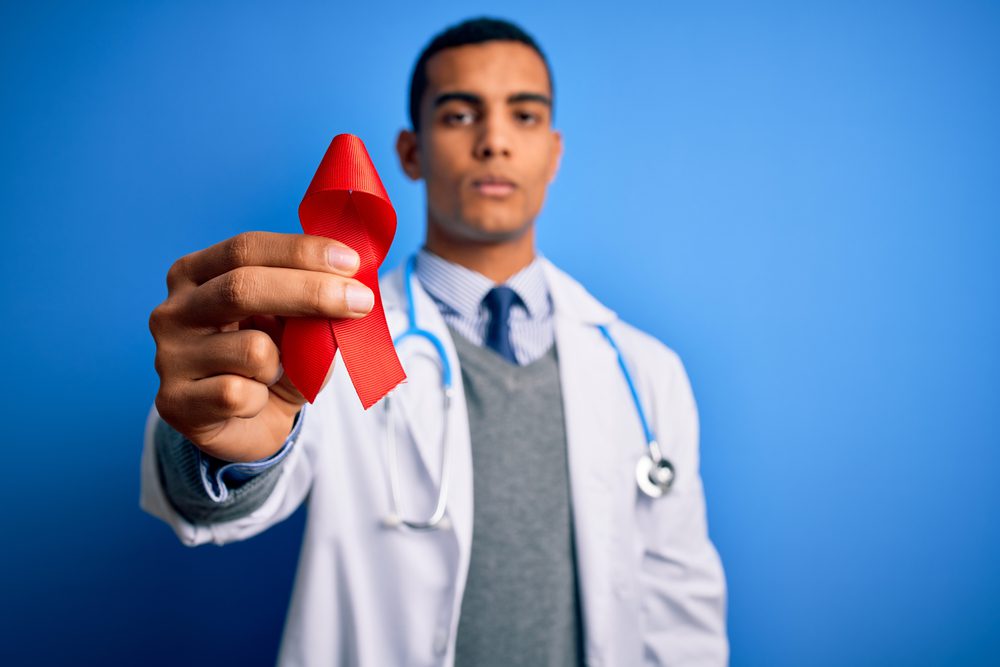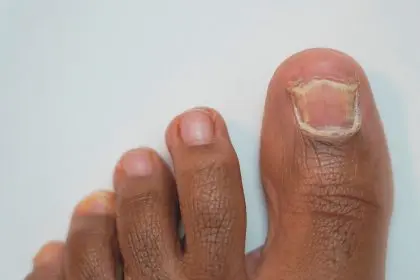The landscape of HIV prevention has undergone a profound transformation with significant advancements in medical interventions and a deeper understanding of how the virus spreads. These developments are especially important for the Black community, which continues to face a disproportionate burden of new HIV infections in the United States. As medical innovations improve, so does the opportunity to implement more effective prevention strategies that can help bridge the gap and reduce the impact of HIV on this population.
Understanding HIV prevention fundamentals
Effective HIV prevention begins with a fundamental understanding of how the virus spreads and how the body responds to it. HIV is transmitted primarily through specific body fluids, including blood, semen, vaginal fluids, rectal fluids, and breast milk. The virus enters the body through mucous membranes during sexual contact, needle-sharing, or from mother to child during pregnancy, childbirth, or breastfeeding.
To effectively prevent HIV, modern strategies target these specific transmission routes while considering behavioral and social factors that influence an individual’s risk. Advancements in medicine have expanded the range of prevention tools, offering multiple layers of protection against infection and empowering individuals to choose methods that suit their personal circumstances.
Medical intervention strategies
One of the most significant breakthroughs in HIV prevention is pre-exposure prophylaxis (PrEP), a daily medication that can reduce the risk of contracting HIV by up to 99%. PrEP is available in multiple forms, including oral tablets and long-acting injectable treatments. These options provide flexibility and convenience, allowing individuals to choose the method that works best for them.
Regular medical monitoring ensures the effectiveness of PrEP, with minimal side effects for most users. Additionally, HIV-positive individuals can benefit from treatment as prevention (TasP). Through antiretroviral therapy (ART), people with HIV can suppress their viral load to undetectable levels, preventing the transmission of the virus to HIV-negative partners. TasP is a powerful tool in reducing the spread of HIV, offering an effective form of prevention for those already living with the virus.
Behavioral prevention approaches
While medical interventions play a critical role, behavioral strategies remain fundamental to HIV prevention. These strategies focus on changing behaviors that can reduce the risk of exposure to the virus. Key practices include the consistent use of condoms during all forms of sexual activity, regular testing, and open communication about HIV status with sexual partners.
Regular testing and communication are essential for reducing high-risk behaviors and understanding personal risks. It is important for individuals to engage in frequent discussions about HIV status and establish regular testing schedules. By addressing these concerns, people can make informed decisions and reduce the likelihood of transmission.
Substance use and its role in prevention
Individuals who use injection drugs face unique challenges in HIV prevention. Sharing needles or other drug equipment can significantly increase the risk of HIV transmission. Prevention strategies for these individuals include ensuring access to clean needles and proper disposal of used materials. Substance use treatment options, including needle exchange programs, help reduce risk while also providing access to educational resources.
By participating in community programs and engaging with health professionals, individuals can reduce their risk of HIV and other infections related to drug use. Ongoing support services also play a crucial role in helping individuals recover and maintain a healthier lifestyle, further reducing transmission rates.
Maternal health and protecting the next generation
Another critical area of HIV prevention is the prevention of mother-to-child transmission (PMTCT). Through early HIV testing during pregnancy, prompt initiation of treatment for HIV-positive mothers, and careful monitoring throughout pregnancy and childbirth, the likelihood of transmission to the child can be significantly reduced.
Postnatal care continues to play an essential role in protecting the baby’s health. Continued treatment adherence for the mother, infant testing protocols, and guidance on feeding methods (including exclusive breastfeeding for HIV-negative mothers) are essential for ensuring that the baby remains free of the virus.
The future of HIV prevention
The future of HIV prevention looks promising, with emerging strategies poised to further reduce transmission rates. Long-acting injectable medications are being developed, offering a more convenient option for individuals who may struggle with daily pill regimens. Additionally, improvements in testing technologies and enhanced treatment options promise to make HIV prevention even more effective and accessible.
Research into new prevention methods continues to advance, providing hope for communities most affected by HIV. These advancements offer the potential to reduce transmission rates and improve health outcomes for Black communities and others facing high infection rates.
As these new strategies emerge, they will complement existing prevention measures, reinforcing the need for a comprehensive, multifaceted approach. By combining medical advances with behavioral interventions and community education, we can make significant progress toward reducing HIV transmission and improving health outcomes for everyone.
Understanding and implementing HIV prevention strategies is essential to reducing the virus’s impact. With continued research, education, and access to preventive tools, we can work toward a future in which HIV transmission rates are dramatically reduced, and those affected by the virus have access to the care and support they need.














